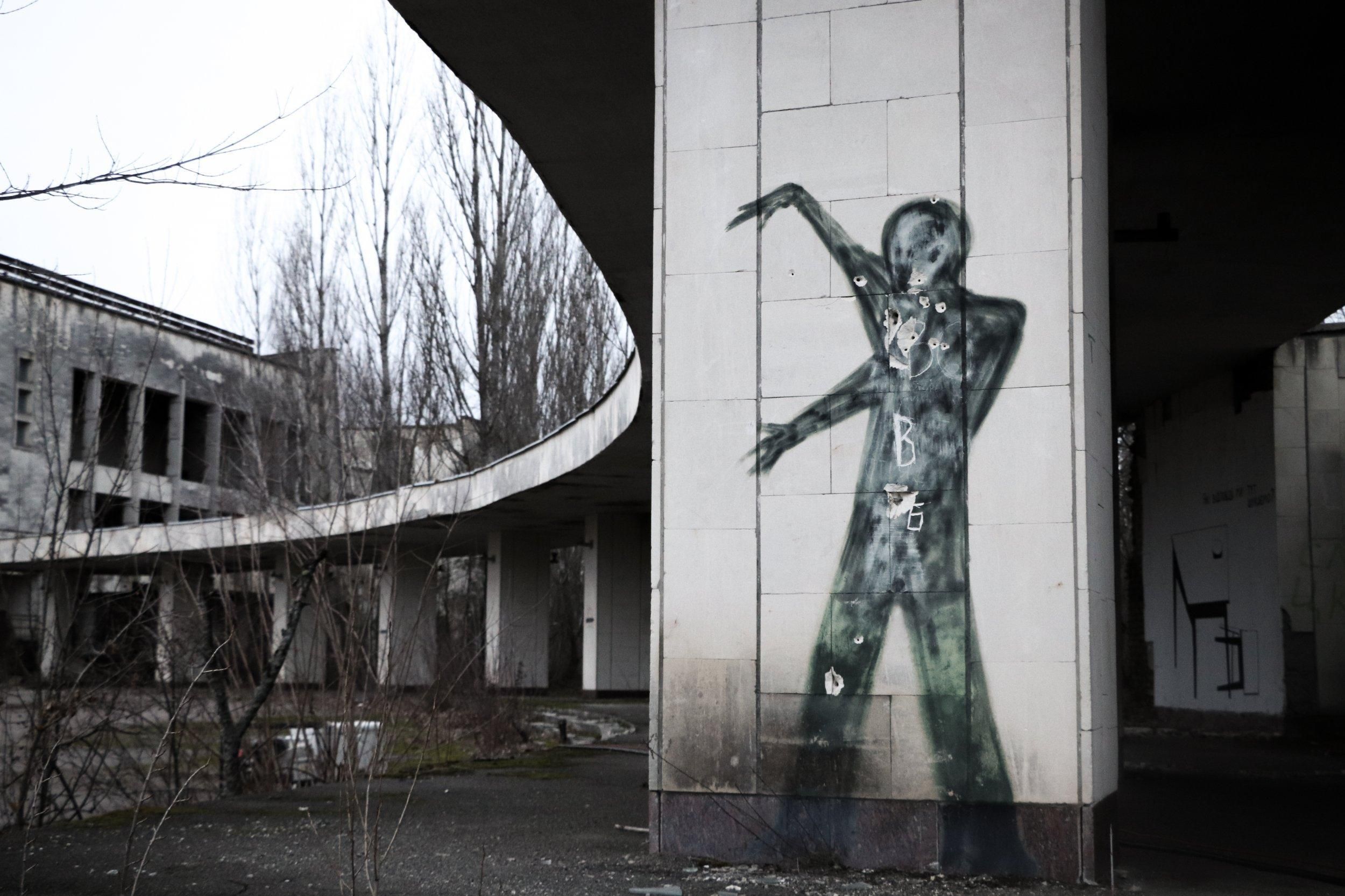In simple words Russian nuclear forces were put on higher alert. This was the response to the sanctions imposed by Western leaders and what Putin referred to as “aggressive statements” made by NATO.
Read here State Nuclear Regulatory Inspectorate of Ukraine: risk of global nuclear catastrophe
Russia owns more than 6,200 nuclear warheads, which gives Putin the world’s largest nuclear arsenal. It’s currently unknown which part of the country’s nuclear potential is active and available immediately.
The New START nuclear weapons reduction agreement between the US and Russia requires both countries to report on nuclear warhead count every six months. As of September, 21st Russian Federation has 1458 warheads deployed on ballistic missiles which could be launched from land, submarines or strategic bombers Deutsche Welle reported.
As tension is high and President Putin seems to have no plan of stopping invasion into Ukraine, the Russian warheads isn’t the only nuclear concern the world should have. Here’s why.





ISF-2, NSC and the old sarcophagus, as well as the cooling tower and the unfinished blocks 5-6 / 24 channel
Russian troops entering Chernobyl Exclusion Zone
On February, 25th the State Nuclear Regulatory Inspectorate of Ukraine (SNRIU) had published an official statement saying that the harmful gamma radiation dose rates have exceeded normal levels. Experts believe this change in radiation levels is a direct consequence of large numbers of heavy military vehicles including tanks and armoured vehicles crossing highly contaminated land.
The increased and unregulated movement of people and military machinery in and around the Chernobyl area has kicked up radioactive dust on the ground. Movement is usually strictly controlled on designated routes where risks are understood and well managed precisely to avoid the sort of radiation spikes that the Russian invasion has caused.
The largest recorded measurements were close to the damaged Chernobyl Nuclear Power Plant (ChNPP) Reactor 4.
Close to the reactor, you would normally receive a dose of about three units – called microsieverts – every hour. But at the time of the invasion, that number increased to 65 microSv/hrs.
Since 1986 radiation levels have been continuously monitored but it now appears that the monitoring equipment is no longer working or has been switched off.
Russian troops seize control of Chernobyl Nuclear Power Plant
After intense fighting Russian forces have managed to advance and take control of ChNPP.
Despite the fact that the nuclear reactors were completely shut down in 2000, the ChNPP requires permanent presence of professional personnel in order to ensure continued operating of the plant’s safety and radiological control systems. This also includes operating the New Safe Confinement (NSC), which is a giant arch covering the destroyed Reactor 4. The arch is built to prevent contaminated particles from being released into the air, but more importantly – it allows for safe dismantling of the old sarcophagus and the infamous Reactor 4 itself.
Continuous monitoring and operation of the NSC is essential to its long-term function, to support safe and secure decommissioning of the destroyed Reactor 4.
Russian forces are holding the plant’s personnel hostage for 7 days without rotation, the official Telegram channel of SNRIU stated on March, 2nd. The same information has been confirmed by the International Atomic Energy Association (IAEA) on March, 6th: “more than 200 technical personnel and guards have still not been able to rotate since 23 February” – the official statement says.
Valerii Seida, the interim Head of ChNPP addressed the situation in a video saying that the operational personnel will work following a special schedule, which will be necessary for the support of the Chernobyl site.
State Agency of Ukraine on Exclusion Zone Management spokesperson Evgeniya Kuznetsova had confirmed to Suspilne.media, that the Russian forces do not allow personnel rotation. Ms.Kuznetsova also added that Mr.Seida is held hostage onsite, while the contaminated occupant’s military machinery is headed towards Kyiv, Ivankiv and Dymer exposing clean areas and more people to radiological risks. The Ukrainian Ministry of Defense had said that Russia continually uses Exclusion Zone as a corridor to provide supplies to its army from Belarus.
We have attempted to contact Mr.Seida to comment on the situation, but there was no response.
Town of Pripyat / Photo wikipedia.org
Russian forces control of spent nuclear fuel storage facilities
The ChNPP and the NSC are not the only dangerous sites capable of starting an ecological disaster unless properly managed and left undamaged.
On February, 25th Ukraine’s Ministry of Environmental Protection had informed International Atomic Energy Association that Russian forces have also taken control of Interim Storage Facility 1 and 2 (ISF-1 and ISF-2) – the two spent nuclear fuel storage sites.
At ISF-2 highly radioactive spent fuel assemblies (SFAs) are cut in half and sealed in special canisters which are then stored in concrete modules. “The concrete modules can withstand a Boeing crash, but we cannot be certain about what happens in case of ballistic missile or bomb strikes. The facility was not designed or tested to be a safe place during war and military confrontation” - our source close to Holtec – the company which had built ISF-2 – explains.
ISF-2 is a dry storage facility packed with state-of-the-art technologies to ensure safe processing and long-term storage of spent nuclear fuel. ISF-2 is a new facility funded by international donors through the EBRD and started functioning in 2021.
The risks for the ISF-1 facility, the original Russian built storage facility are significantly greater. This facility contains over 21,000 SFAs, stored under water. According to ChNPP’s own article ISF-1 doesn’t meet a single modern standard for the storage of spent nuclear fuel. The new ISF-2 facility has been constructed specifically to allow the urgent removal of the spent nuclear from the old ISF-1 storage facility.
In simple terms the ISF-1 facility is a large concrete structure filled with tens of thousands of liters of contaminated water in which the spent fuel is stored. The above ground structure is over 35 years old and extremely decrepit. Any impact direct or indirect could result in the rupture of the concrete and the release of poisonous water, potentially leaving nuclear fuel assemblies exposed to the atmosphere. Ground contaminations from the water together with high airborne activity are likely consequences of any serious damage to the facility.
There are approximately 21700 SFAs from ChNPP reactors 1,2 and 3 which need to be transported from ISF-1 to ISF-2. Will the Russian forces allow safe transportation of fuel assemblies between the two sites? – Nobody knows.
The ChNPP and the ISFs have been cut off from power supply two days ago. Diesel generators will provide sufficient power to run the facilities for two days according to Ukraine’s authorities. Director-general of the IAEA had stated that even without electricity, essential to keep pumps supplying water to cool SFAs at ISF-1 working, the old nuclear fuel would not heat up drastically to cause an accident. At the same time air conditioning of the NSC can’t operate without power. That could cause condensation with subsequent corrosion of the arch, which would take Reactor 4 decommissioning efforts many years, if not decades, back. 48 hours have expired yesterday.
Ukrainian authorities, the IAEA, the EBRD and the international nuclear community have all called to take immediate action to prevent the potential disaster. Moscow agrees to cooperate, but no concrete steps are done.
The harsh reality
Launching a nuclear warhead is not, at least in theory, a one-man process. Even if a decision is made, it is up to a group of people to start the process leaving space for human adequacy before the “red button” is pushed.
With Chernobyl the decision is already made. Vladimir Putin intentionally invaded one the world’s worst nuclear accident sites without even caring for his own soldiers. The same person is putting decades of unprecedented international effort, not to mention the sacrifices of the many thousands of soviet conscripts drafted to assist after the 1986 accident, and nuclear safety efforts to secure the Chernobyl site at risk while embarking on a path to causing a new disaster.
But there seems to be no stopping; the Russian military have recently bombed and occupied the largest operational nuclear powerplant in Europe – Zaporizhzhia NPP. Invaders have also mined the coast of the Kakhovka Reservoir which borders with the nuclear power plant.
This year marks the 36th anniversary of the tragic events at ChNPP Reactor 4. But will it remain the only accident to ever happen in Chernobyl or should we expect a new one somewhere else in Ukraine?



